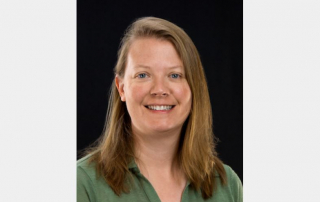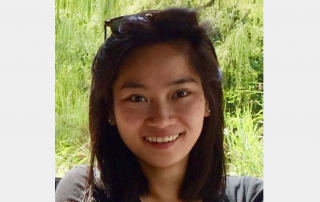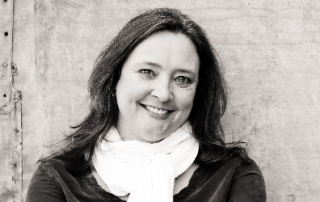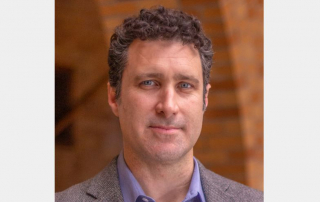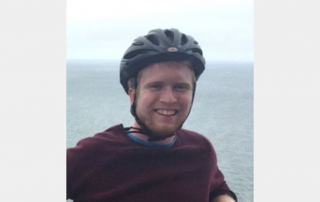Multimodal and Dynamic Microscopy on Perovskite Semiconductors
Uncovering structure/function relationships in condensed phase electronic materials is increasingly important for applications from solar energy to quantum optoelectronics. In this talk, we will explore multimodal microscopy to the role of microscopic heterogeneity and defects in emerging semiconductors, focusing on halide perovskites as a system that is not only technologically important, but also scientifically challenging. Halide perovskites are soft, and easily damaged by low doses of electrons. They are also complicated mixed conductors, exhibiting electronic and ionic relaxation dynamics that vary across many orders of magnitude in time and space. To probe these systems, we combine hyperspectral optical spectroscopy, electron microscopy, scanning probe microscopy, and data science tools to understand and control defects for applications in photovoltaics, showing how surface and grain boundary passivation enables the growth of films that approach thermodynamic efficiency limits for performance, while also problem the role of processing additives on microstructure and performance.
